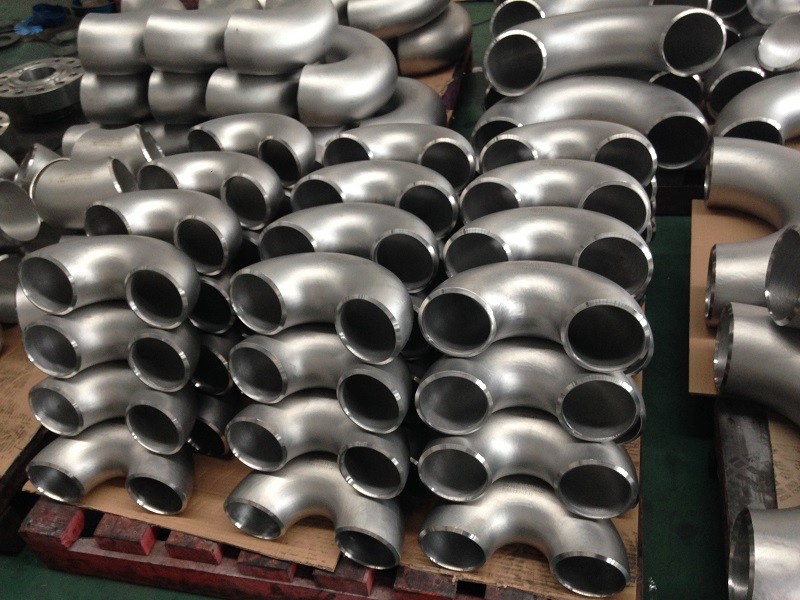China has long been a key player in the global industrial and manufacturing sectors. One of the standout products in its extensive portfolio is butt welded fittings. These essential components play a pivotal role in a variety of industries, including oil and gas, petrochemicals, water treatment, and power generation. Their importance cannot be overstated, as they are crucial for creating secure and durable pipeline systems. In this article, we will explore an overview of the butt weld fittings industry with respect to its production capacity, key materials, advantages and its global market impact.

Production Capabilities and Manufacturing Excellence of Feiting
Feiting’s capacity for manufacturing butt welded fittings is unrivaled, making it a dominant force in the market. Factories in Feiting are equipped with state-of-the-art machinery such as CNC (computer numerical control) machines, automated welding equipment, and advanced heat treatment technologies that ensure each fitting meets rigorous industry standards. These facilities are spread across major industrial hubs like Shanghai, Zhejiang, and Jingjiang.
Furthermore, Feiting adhere to internationally recognized standards such as ASTM (American Society for Testing and Materials), ASME (American Society of Mechanical Engineers), and DIN (Deutsches Institut für Normung). This adherence ensures that the fittings are suitable for export and capable of meeting diverse requirements in different parts of the world.
Materials and Types of Butt Welded Fittings
The versatility of China's butt welded fittings industry is largely attributed to the variety of materials used in manufacturing. Depending on the specific needs of a project, different materials are selected to ensure optimal performance and longevity.
1. Common Materials
Carbon Steel: Widely used for applications requiring high strength and durability at lower costs, carbon steel fittings are popular in industries like oil and gas, where they can handle high-pressure environments.
Stainless Steel: Known for its resistance to corrosion and high-temperature tolerance, stainless steel is ideal for projects involving aggressive substances or environments. It is commonly used in chemical processing, food industries, and power plants.
Alloy Steel: Fittings made from alloy steel are used for specialized applications that require enhanced mechanical properties. The addition of elements such as chromium, molybdenum, or nickel can significantly improve the strength and heat resistance of the fitting.
Duplex Steel and Super Duplex Steel: These materials provide an excellent balance of strength and corrosion resistance, making them suitable for challenging offshore and marine applications.
2. Types of Butt Welded Fittings
Elbows: These are used to change the direction of flow in a pipeline system. Common variants include 45-degree and 90-degree elbows, which are used to facilitate turns without compromising the flow.
Tees: Employed to branch off the main pipeline, tees can either have equal dimensions on all sides (equal tees) or one side smaller (reducing tees).
Reducers: These fittings are used to connect pipes of different diameters, ensuring a seamless flow between varying pipe sizes.
Caps: Pipe caps are designed to close the end of a pipeline securely, preventing any fluid or gas from leaking out.
Crosses: Used when a pipeline needs to be divided into four connections, a cross fitting is essential for complex piping systems.
If you want to know more about butt welded fittings, please contact us.

